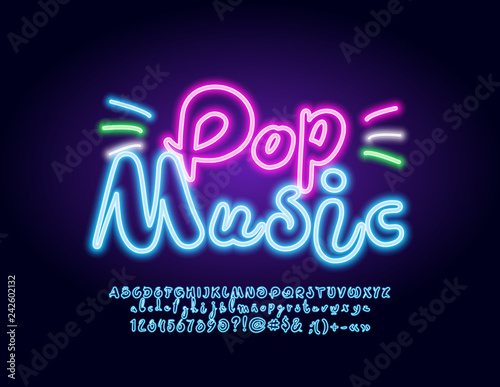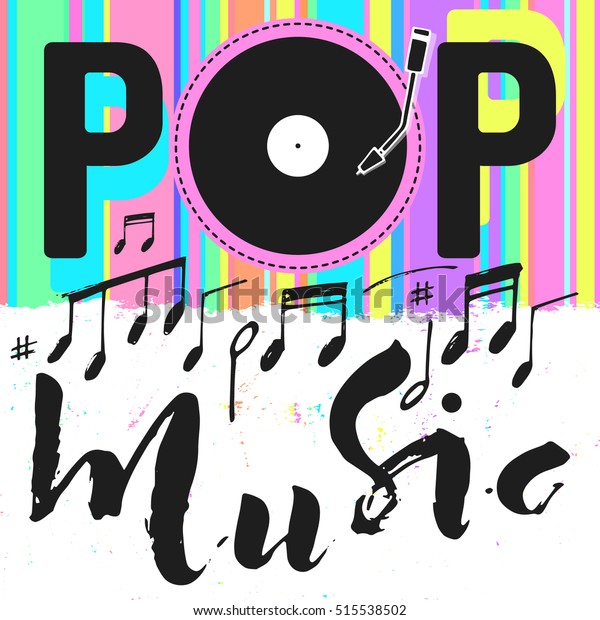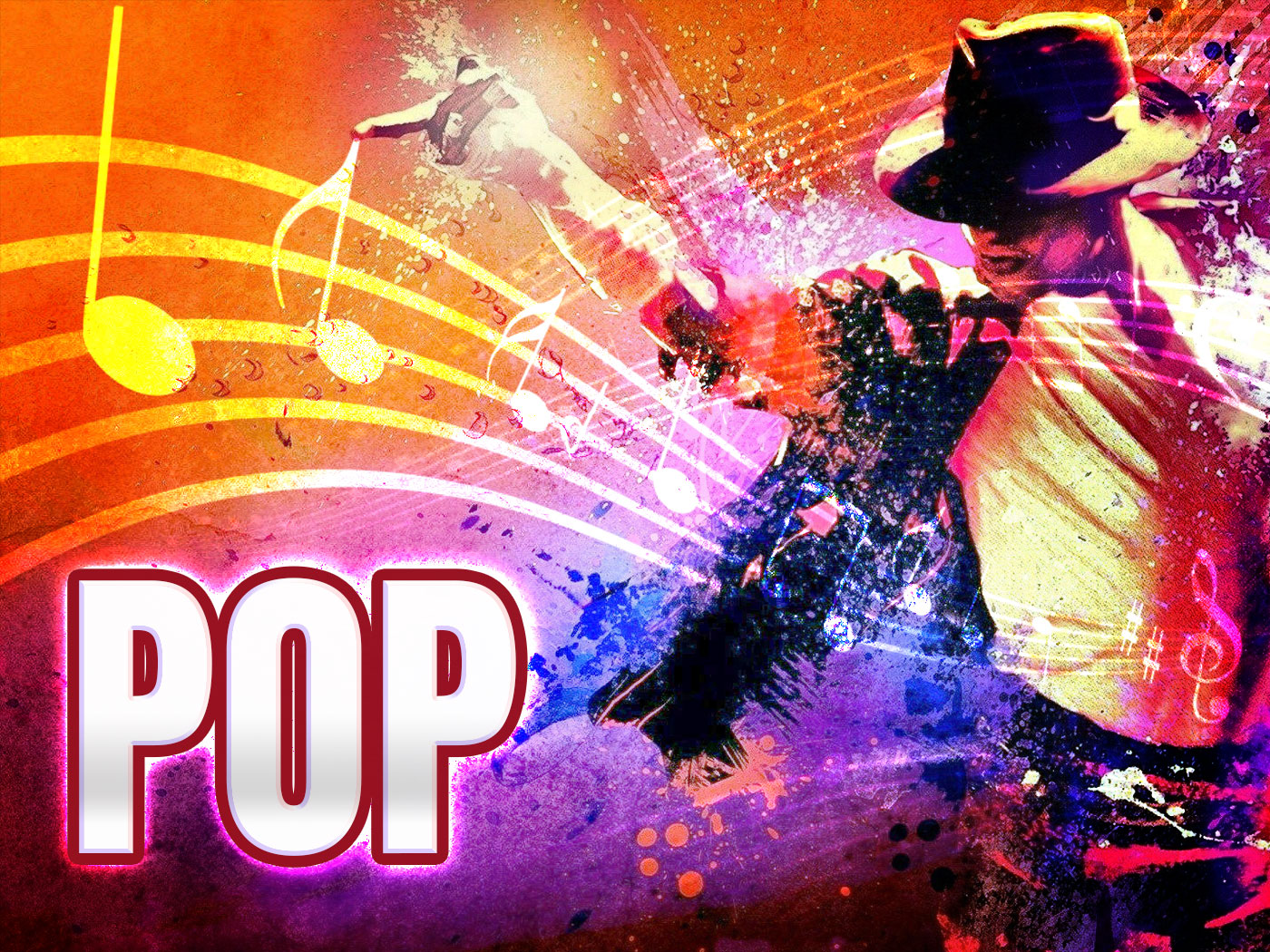DUA LIPA : new rules
ALAN WALKER : ALONE
MAROON 5 : SUGAR
KATY PERRY : THIS IS AWAY DO


Throughout its existence, pop music has absorbed influences from most other genres of popular music. The pop of the beginnings was inspired by the sentimental ballad to take its form, took from the gospel and soul its use of vocal harmonies, jazz, country and rock its instrumentation, of classical music its orchestration, of dance its tempo, of electronic music its accompaniment, of hip hop rhythmic elements, and recently it has also incorporated the spoken passages of rap.7
Likewise, it has taken advantage of technological innovations. In the 1940s an improved microphone design made possible a more intimate singing style, 13 and ten or twenty years later the 45 r.p.m. albums - cheap and more durable - "revolutionized the way in which pop spread" and helped lead pop music to "a disk / radio / cinema star system." 13 Another technological change was the wide availability of television in the 1950s; with televised performances, "pop stars had to have a visual presence." 13 In the 1960s, the introduction of cheap and portable radio receivers meant that teenagers could hear music away from home.13 multitrack recording (from the 60s) and digital sampling (from the 80s) have also been used as a means for the creation and elaboration of pop music.7 At the beginning of the 80s, the promotion of pop music had nurtured the boom of television programs and music channels, such as MTV, which "favored those artists like Michael Jackson and Madonna who had a strong visual appeal"

